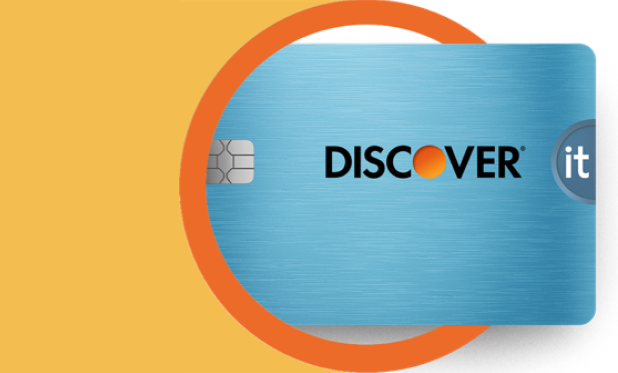You may have to offer a valuable possession as collateral to take out a secured loan or line of credit. For a secured credit card, your refundable deposit acts as collateral. But when it comes to a mortgage or car loan, your home or car itself may be on the line as per your loan agreement. Until you’ve paid back the loan, the lender technically owns that collateral. If you’re late on payments, the lender may decide to seize the collateral. The seizure of this collateral is called a repossession—or a repo, for short.

How Long Does a Repo Stay on Your Credit?
7 min read
Last Updated: June 19, 2025
Next steps

See if you're pre-approved

View all Discover credit cards
See rates, rewards and other info
You may also be interested in
Was this article helpful?
Was this article helpful?




